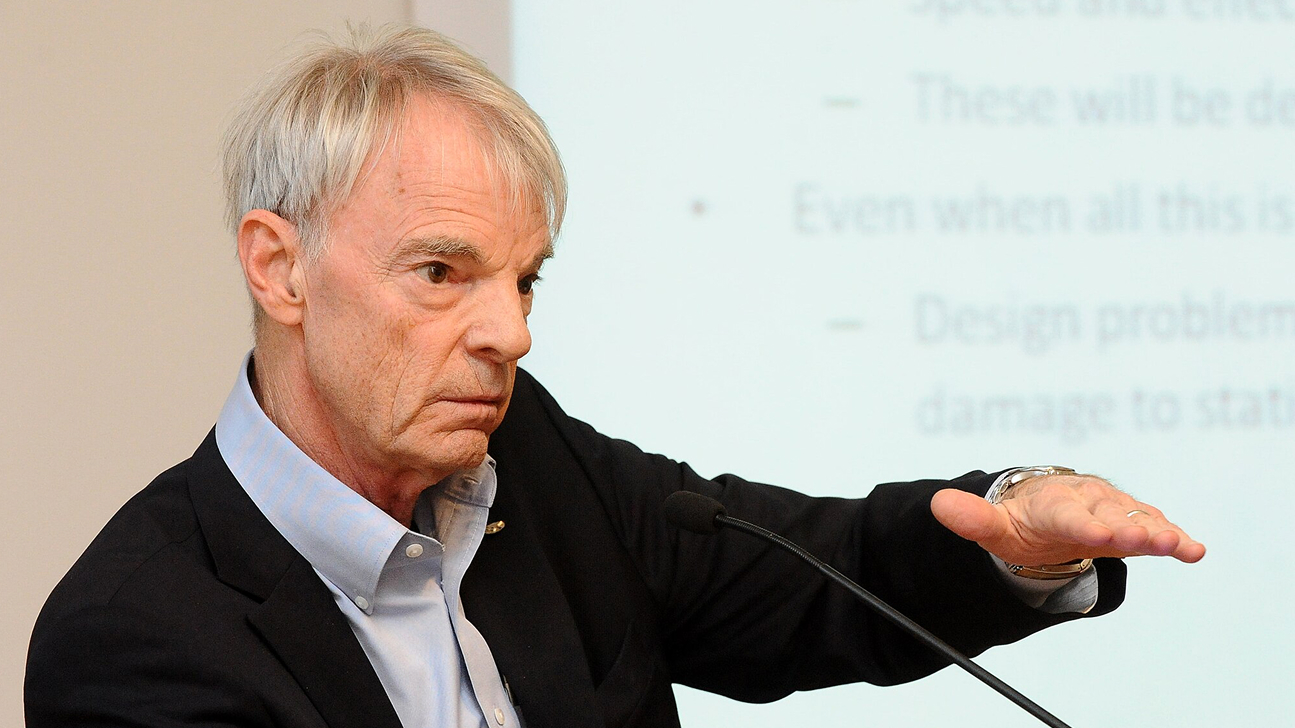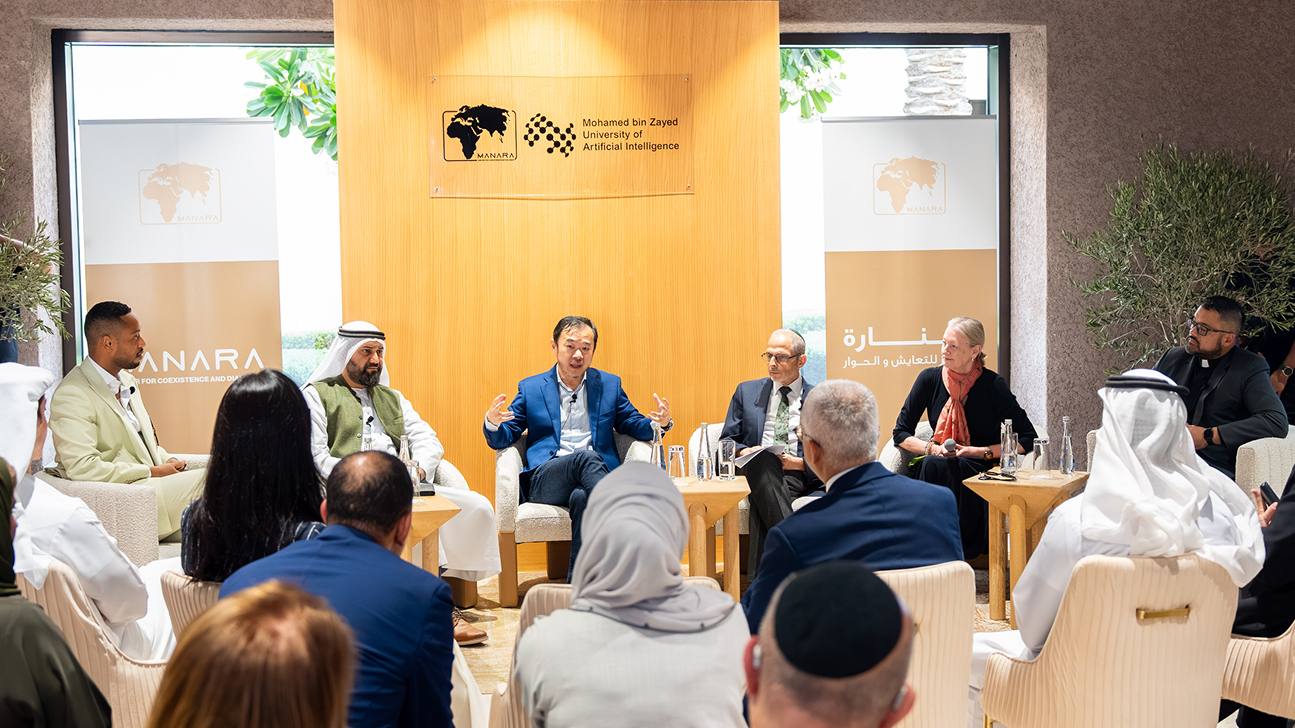Uncertainty Estimation: Can your neural network provide confidence for its predictions?
Thursday, August 25, 2022
Neural networks perform very well in almost all machine learning applications. However, neural networks often make very confident predictions for out-of-sample data or data at the boundary between classes. In many applications, this is unacceptable, and therefore the ability to assess the degree of confidence in a prediction is extremely important and demanded. However, the estimation of uncertainty for neural networks is a non-trivial task, and the existing approaches demonstrate not very high quality and often require significant computational resources. In this talk, we will discuss existing approaches to uncertainty estimation, including model calibration methods, ensemble construction methods, and Bayesian neural networks. Special attention will be paid to modern numerically efficient approaches based on a single neural network, which do not require the construction of an ensemble and a significant change in the training procedure.
Speaker/s
Dr. Maxim Panov works at Technology Innovation Institute (TII) in Abu Dhabi as a senior researcher. His research is focused on Bayesian approaches in machine learning, uncertainty quantification, and graph analytics. Panov received his bachelor’s and master’s degrees from the Moscow Institute of Physics and Technology in 2010 and 2012 with both diplomas focused on different aspects of machine learning. In 2012, Panov started his postgraduate studies and switched to the field of mathematical statistics. He concentrated on obtaining tight bounds for the Gaussian approximation of posterior distribution (Bernstein-von Mises phenomenon) that formed the core of Panov’s Ph.D. thesis defended in January 2016. Starting in 2010, Panov also worked part-time as a research scientist in DATADVANCE Company. There he participated in developing the library of data analysis methods for engineering applications. This library, pSeven, is now used by many companies worldwide, including Airbus, Porsche, Mitsubishi, Toyota, and Limagrain. From 2018 Maxim has been assistant professor at Skolkovo Institute of Science and Technology, Moscow, Russia, where he led a Statistical Machine Learning Group.
- AI Talks ,
Related
Nobel Laureate Michael Spence on how AI is redefining the global economy
Nobel Prize-winning economist Michael Spence explains how AI is reshaping the economic landscape and what is needed.....
- digital policy ,
- governance ,
- Nobel Prize ,
- guest talk ,
- guest lecture ,
- economics ,
- Economy ,
- Undergraduate ,
Understanding faith in the age of AI
MBZUAI hosted a panel discussion in collaboration with the Manara Center for Coexistence and Dialogue focused on.....
- connection ,
- discussion ,
- religion ,
- spirituality ,
- faith ,
- conversation ,
- panel ,
- Human–computer interaction ,

